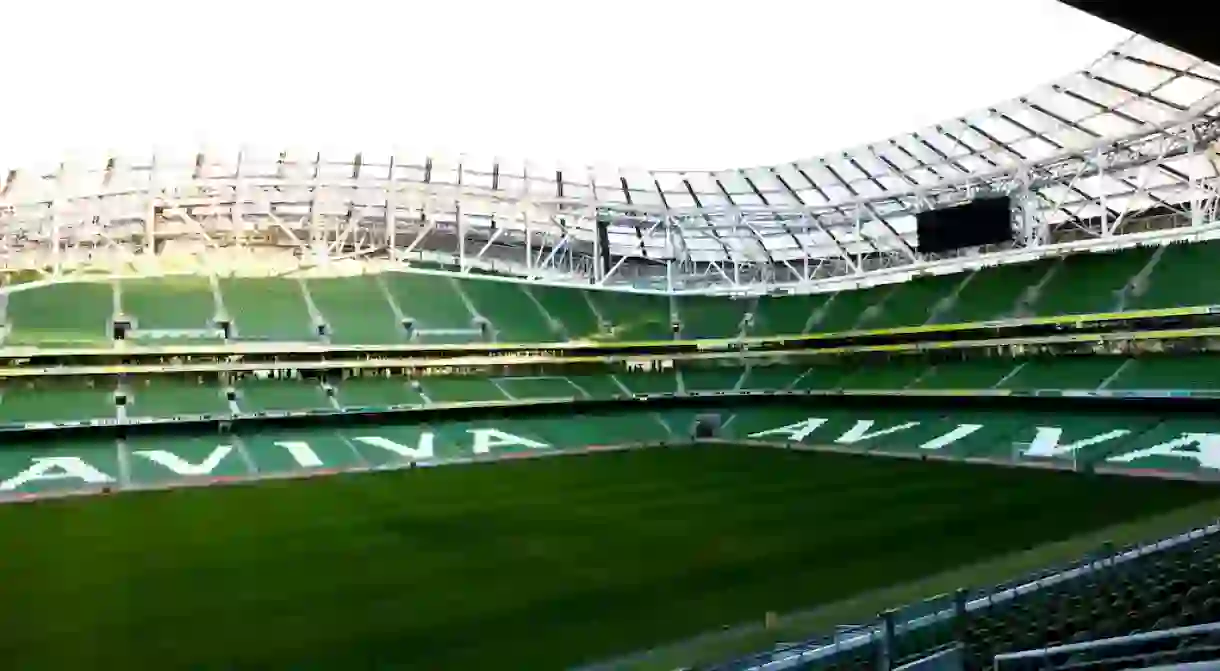The Best Rugby Stadia in Ireland

As Ireland prepares to host the Women’s Rugby World Cup in August 2017, the island nation is also looking to the future. The much-hyped tournament is already close to a sell-out, and the Irish Rugby Football Union (IRFU) doesn’t see it only as a goal in itself, but also as a means of establishing their capacity to host international events of this calibre. To that end, a bid to host the men’s tournament – traditionally far bigger and better supported, due to the sport’s extensive history – is in place for 2023.
Many of the 2023 venues, though, would be borrowed from Ireland’s traditional sport, GAA. For many years, there was a rigid separation between the traditional Gaelic sport and the sports their association labelled as ‘foreign’, including rugby and soccer, so much so that players could be removed from the GAA for so much as kicking a soccer ball. That particular taboo was broken for good when the Aviva Stadium was redeveloped in 2007, and Ireland played France in the previously sacrosanct, GAA-only ground Croke Park. Croke Park is amongst the stadiums put forward for the 2023 bid, and with a full-house capacity of 82,300, the Dublin venue remains the third biggest stadium in Europe. But what of the real rugby stadia? Here, we outline Ireland’s best.
The Aviva Stadium, Dublin
Stadium

The RDS Arena, Dublin

Thomond Park, Limerick
Park, Stadium

Kingspan Stadium, Belfast
Park, Stadium

Galway Sportsgrounds, Galway
Park, Stadium

Musgrave Park, Cork
Park, Stadium














